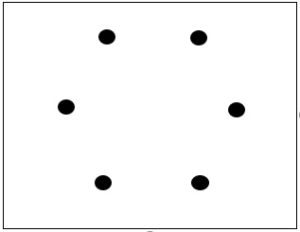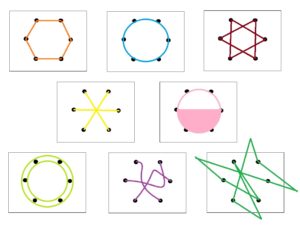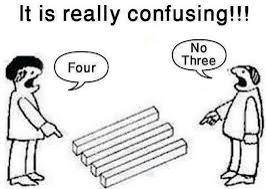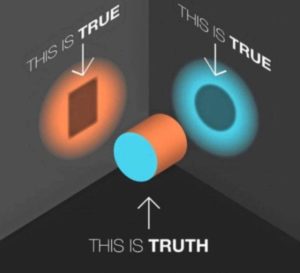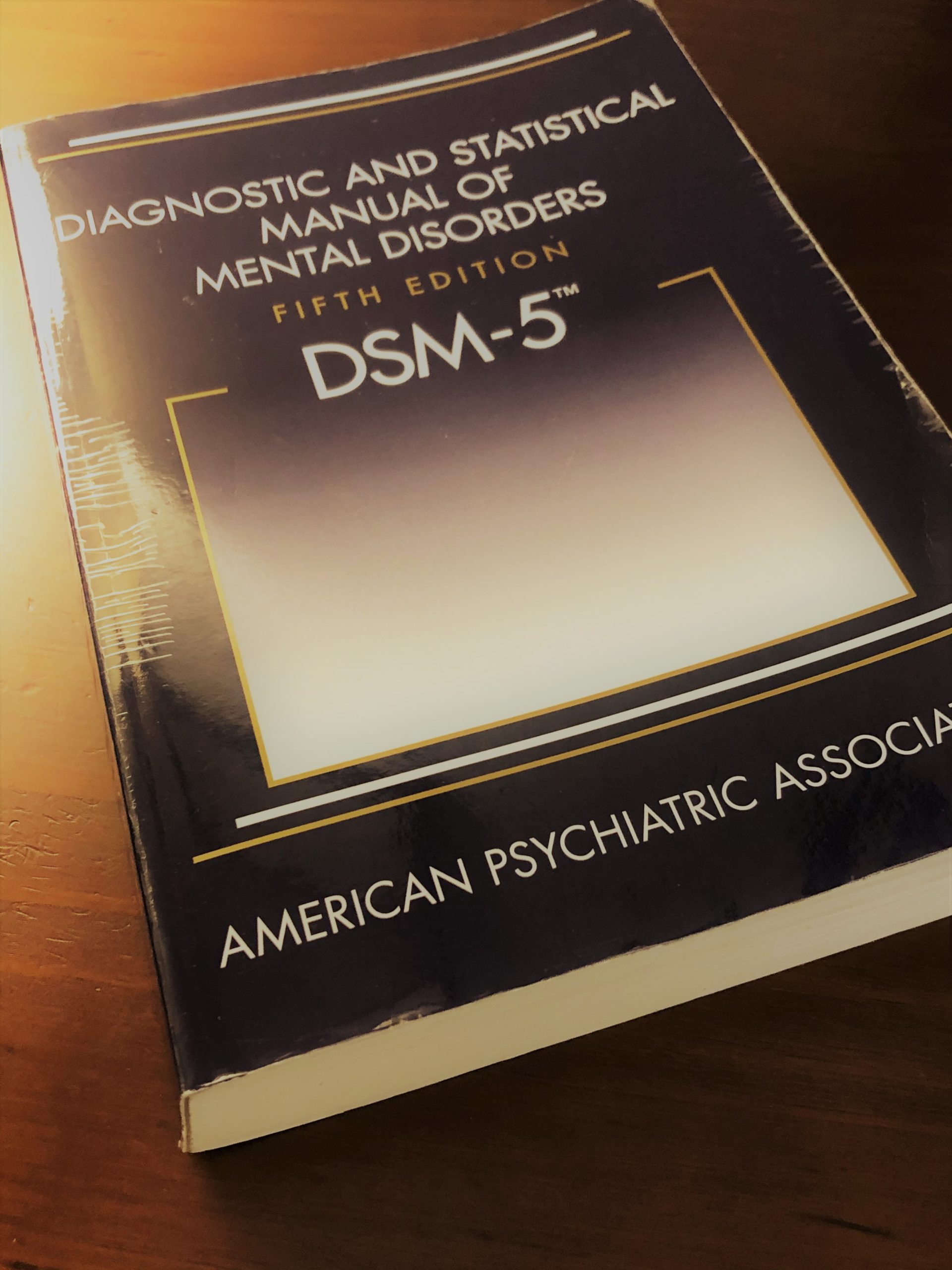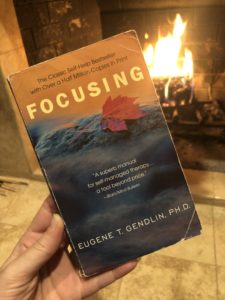
What’s NOT gaslighting?
I’m a little bit alarmed with how this word is so quickly changing in meaning. And especially because we only have one word for gaslighting – to cause a person to doubt his/her sanity through the use of psychological manipulation. (You’ve heard of the play for which the term is named?) So, it’s using your power to actually change the other person’s ability to experience the world with reality, and then to lie to them about reality so that they question their own ability to function in the world.
Here are some examples of gaslighting proper:
For example, if your partner secretly took money out of your account, and then you overdrew it not knowing the money was gone, and they punished you for not managing your money well, and you pleaded with them saying that you were sure the money was there, and then they lied and blamed you, saying if you didn’t do it then your wicked mother/corrupt employer/secret lover/etc. must have taken the money, that would be gaslighting.
If you drugged your partner’s dinner, and then you went to a kickboxing lesson, and got a bunch of bruises, then told your partner the next day “Look what you’ve done!” and your partner denied it, and you told your partner that they did it in a manic, alcoholic rage and just didn’t remember, and pointed to the empty bottles you hid in the trash, that would be gaslighting.
(Granted, they’re a little extreme, but that can be helpful for clarity’s sake in the definitional stage.)
But we have lots of words for the other things that gaslighting is beginning to be used for, like lying, manipulation, misuse of power, dysfunctional communication, etc. So, in the interest of reserving the utility of the vocabulary for as long as possible, let’s talk about what gaslighting is NOT.
- When the other person actually perceived, experienced, or remembered something differently than you did
- Given the outrageous amount of research literature on these topics, along with everyone’s actual experience of the world, it puzzles me so much that we all STILL think that we perceive the world “correctly,” that our experiences are “the valid ones,” and that we remember things with ANY degree of “accuracy.” Because we don’t. Brains are not made to perceive the world accurately or to remember accurately – brains are made to predict the future, and they consciously process only a tiny fraction of what’s experienced, and that is always affected by their own history, their language, their biases, their mood at the time of the experience, and about a thousand other things. This is compounded when it comes to memory, because it’s not just the error in encoding reality accurately… but all the same issues come again when memory is retrieved, so the problem is at least doubled (and more than that if you’re remembering something more than once!) (Let me know in the comments if you want a post on the perception or memory literature.)
- So, most of the time, what’s called “gaslighting” has at least something to do with the fact that people are different, experience the world differently, remember the past differently, and are pretty sure they’re the ones who are right.
- When there is a misunderstanding or miscommunication
- As bad as we are at experiencing the world accurately and remembering it accurately, we’re worse at communicating it accurately to another person (or perceiving accurately what they intend to communicate). We lose almost all of the richness of an experience when it has to be boiled down into language, and then we almost all use language differently than everyone else. Oh, and all that stuff that gets in the way of accuracy when perceiving or remembering something gets in the way AGAIN when we listen, and not necessarily in a predictable way!
- Try this… imagine, REALLY imagine, in all the detail you can – your own bathroom. How it looks, smells, is configured. How it feels to be there, both physically and emotionally. Get a sense of the whole thing, including how it is different at different times of day or depending on your purpose there. Remember when it’s been steamy, and notice how the experience of reading the word “steamy” changed your memory of your bathroom in this exact moment, either bringing a new image or new emphasis to your steamy bathroom. And realize how much more likely you are to think of your bathroom as steamy next time you think of it. Paint it in your mind and let yourself see it like it’s in a movie and let yourself move through it like virtual reality and then fill in all the little details of how it REALLY is. Now, with as much accuracy as you can… write down or say out loud everything you can about someone else’s bathroom. HA! Oh come on, try it! It’s hard enough when you’ve actually BEEN in someone else’s bathroom, but also try it with whatever you know that you’ve just been TOLD about someone else’s bathroom. If you can’t think of a bathroom you’ve talked about but not been in, call someone and ask them to describe their bathroom to you! Do it! It’s a really fun way to experience this difference between what we experience and how little of that we can communicate, and even more the lack of richness and accuracy we are limited to when hearing something from someone else!
- So, a lot of the time, what’s called “gaslighting” has a lot to do with how poorly we are able to communicate with each other about our internal and external experiences.
I think those two bullets cover most of what comes up in therapy around “gaslighting,” but here are two more things that come up occasionally, that also are not gaslighting.
- When the other person is lying or manipulating and you know it
- If you KNOW the other person is lying, you have not been gaslit. Implicit in the concept of gaslighting is that the other person has enough power over you and your circumstances to convince you that you are the crazy one, and that they are trustworthy arbiters of reality. So, if you still have enough agency to know or even believe that they are lying or manipulating, then what they are doing (at most) is lying or manipulating, not gaslighting.
- That’s actually something that can be worked on in therapy, even if the first response is still denial!
- When you rely on the other person for reality testing and you trust them because they’re trustworthy
- This one comes up occasionally, and I actually like it. We are all relying on each other to do reality testing all the time. “Do you hear that sound?” “Oh yeah, it’s someone’s car alarm going off outside.” And things like that. And it’s really good and useful. And it’s helpful when there’s more than one person to rely on. That’s another key to gaslighting – it’s really difficult to do if the target of the gaslighting isn’t completely isolated from other sources of potential information about the world.
- Sometimes, you might know you’re not great at a certain part of reality testing. For example, I’m really bad at remembering what I’ve said in the past. I rely on my husband a LOT for that. Is he always right? I’m sure he’s not. It’s just that he’s better at it than me! COULD he gaslight me if he wanted to, at least in that way? Oh yeah. But I don’t think he is…everything keeps turning out ok.
Here’s a potentially controversial thing to say (what’s new, Ellis!?)…
Gaslighting, by definition, seems to include an intention on the part of the gaslighter. Can we compare it to sexual harassment? Sexual harassment has some clear behavioral definitions, but in any ambiguous situation, it is defined by the person who “feels harassed.” (There’s a topic for another day… is it possible to “feel verbed?”) Because the gaslighter has to change reality, because they have to “psychologically manipulate” – doesn’t that imply that they have to intend to gaslight someone?
Can you “feel gaslit?” If you feel gaslit, does that mean you WERE? This is why I want to make sure we have a good variety of language around relational communication… Once a person feels gaslit, there’s no way for the other person to be part of the conversation anymore. If they were actually gaslighting, they’d be trying to explain how they weren’t. If they weren’t gaslighting, they’d be trying to explain how they weren’t. It leaves no room for the other person’s experience, and then what? That’s a 100% power transfer to the person who feels gaslit. Maybe that’s what they want? But it doesn’t work in the therapy room, at least.
Look, I’m usually a BIG proponent of using client’s the language. I’m a champion of the idea that it is the therapist’s job to mirror, tailor, and otherwise adapt their own presentation in order to build a comfortable and usable space for the client and facilitate empathy and connection! (Rather than this new notion of “authenticity” that seems to mean “do and say everything exactly the way it makes sense to you, and if other people don’t accommodate you, that’s their problem” – hmmm, maybe a rant on this in another post! Ha!)
I also know that increasing the granularity and specificity of language helps improve cognitive flexibility and emotional recognition and regulation! So, I will absolutely offer new vocabulary to clients when it might be helpful and/or help them to clarify their vocabulary to increase their ability to communicate clearly both with others and inside themselves!
Comment below: When has vocabulary shown up in your sessions as something important? In what ways? As always, especially comment if you disagree!























